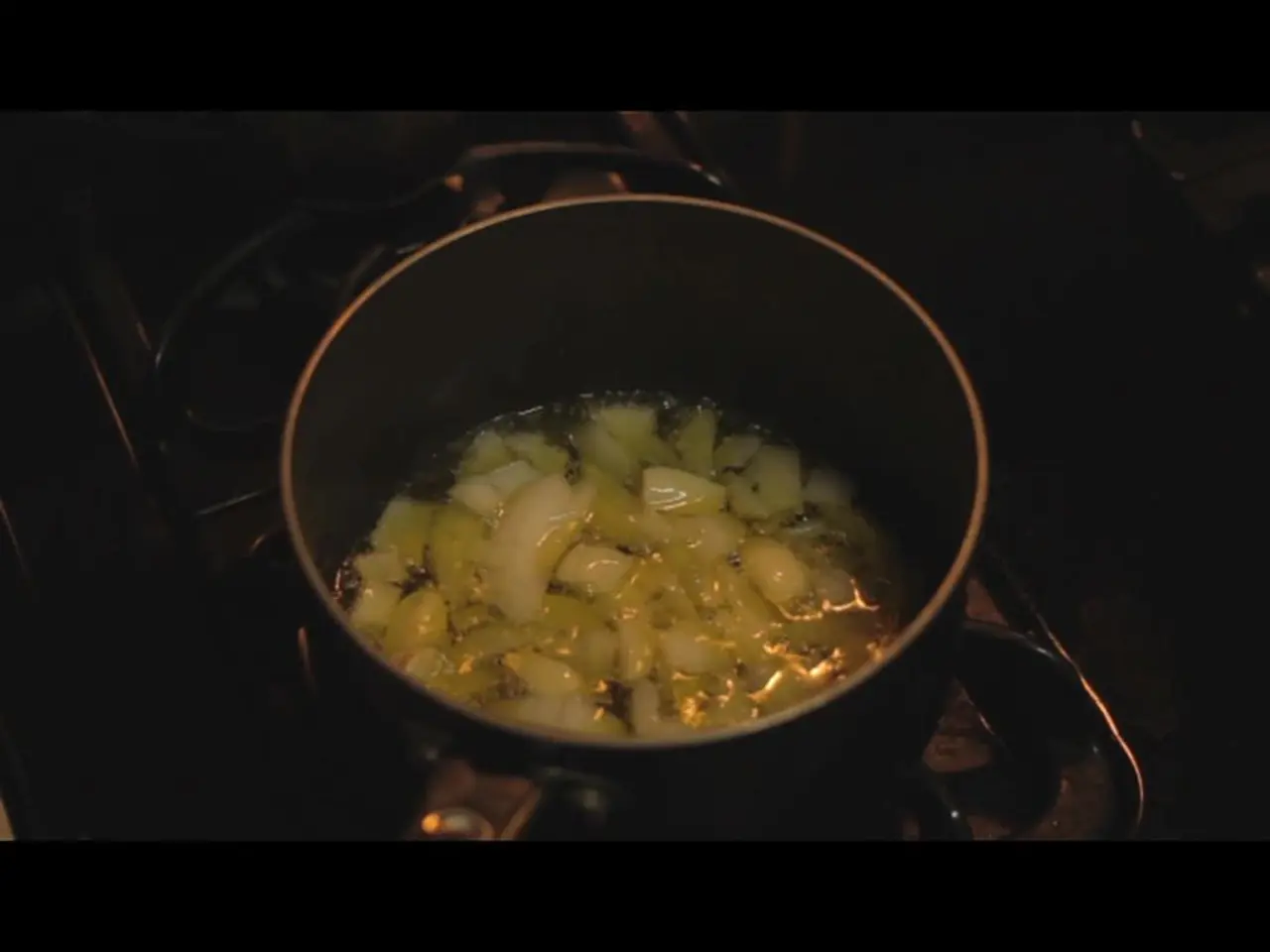Troubleshooting guide for wood burning stoves: Addressing common issues and providing solutions
Maintaining Your Wood Burner: Expert-Recommended Strategies for Optimal Performance
Wood burners have become a popular choice for home heating, offering a cosy and eco-friendly solution. However, like any appliance, they require regular maintenance and careful use to ensure they function efficiently and safely. Here are some common issues with log burners and their expert-identified solutions, as well as tips for optimising your wood burner's performance.
Preventing Soot Build-Up To prevent soot build-up on a wood burner's glass, it's essential to use properly seasoned firewood with a moisture content of around 15-20%. This ensures complete combustion, reducing the likelihood of soot formation.
Maximising Heat Output Using the best stove fans can help get maximum heat from a wood burner by making better use of heat energy. Properly adjusting the air vents is also crucial for efficient burning and heat output.
Identifying and Resolving Issues Different odours can indicate different problems, such as blockages in the chimney or issues with the installation. Common problems with log burners include smoking or smoke escaping indoors, creosote buildup, poor draft, overloading the stove, and the use of asbestos in older stoves.
- Smoking or Smoke Escaping Indoors
- Causes: Blocked or poorly ventilated flue due to soot, creosote, or debris; burning wet or unseasoned wood; cold flue or chimney; incorrect installation or flue design; overloading the stove.
- Solutions: Regular chimney sweeping (annually or quarterly for heavy use), ensuring the flue is fully open, burning only kiln-dried or well-seasoned wood with moisture under 20%, and consulting a qualified professional for installation or design issues.
- Creosote Buildup
- Cause: Incomplete combustion, often from wet wood or smoldering fires, leading to tar-like deposits in the chimney.
- Solution: Regular chimney cleaning and using dry, seasoned wood to improve combustion and prevent buildup.
- Poor Draft
- Cause: Weak or blocked draft caused by chimney obstructions (e.g., nests, debris), improper chimney height, or cold chimney walls.
- Solution: Clear chimney regularly, ensure proper chimney design to enhance airflow, and maintain adequate heat in the flue to support good draft.
- Overloading the Stove
- Effect: Excess fuel causes inefficient burning, excess smoke, and potential smoke spillage indoors.
- Solution: Avoid overfilling the stove; use fuel amounts recommended by the manufacturer.
- Use of Asbestos in Older Stoves
- Concern: Older wood-burning stoves may contain asbestos in insulation, gaskets, pads, or trivets. Heat can cause asbestos to become friable, posing serious health risks.
- Solution: Inspection and removal of asbestos-containing components by trained abatement professionals is strongly advised for older stoves.
Additional Considerations Regularly testing carbon monoxide and smoke alarms is crucial to identify any faults in the installation that may go unnoticed by the user. The amount of heat a log burner produces is measured using the unit 'kW', with a higher number emitting more heat. When starting a wood burner, it's essential to ensure maximum airflow by opening all the air vents fully and leaving the door slightly ajar.
Running a wood burner at low output because it's too large for the room is dangerous and can cause an increased build-up of flammable deposits in the chimney. Smoke emissions from a wood burner require immediate attention and can be caused by a cold plug, accumulation of soot or debris in the chimney, or improperly seasoned firewood.
Expert Advice Calvin May, head of technical service at HETAS, an independent, not-for-profit organization promoting cleaner and safer choices in the use of biomass and other solid fuels, appliances, and associated technologies, emphasises the importance of regular maintenance (chimney sweeping and cleaning), correct use of dry, seasoned wood, proper stove loading, and professional consultation for installation or asbestos concerns.
Stephen Talbot, a director at Logs Direct, a family-run supplier of kiln-dried firewood logs, advises that wood burner not giving out enough heat is often due to excessive moisture content in the fuel. A wood burner should not smell when in use, and regularly smelling an odour when you light your fire could be a sign of a problem in the wood burner installation.
Regular chimney sweeping by a professional, such as a HETAS registered sweep, is important to prevent blockages and potential chimney fires. Making the space better insulated can help improve heat output from a wood burner. Leaving doors open to let heat circulate or installing vents to disperse heat to other areas can help manage excessive heat from an oversized stove.
Burning wet wood means the fire has to work harder to burn the water molecules, resulting in longer heating time and less heat output. If a wood burner is too powerful, it can be a tricky problem to solve, as replacing a wood burner is expensive and disruptive. If a wood burner is giving out too much heat, consulting a HETAS Registered Retailer can help understand what size stove is right for a room. Improper use of a wood burner's vents can cause the fire to go out prematurely. A cold plug in the chimney can cause a wood burner to smoke, which can be prevented by leaving the stove door open for thirty minutes before lighting the fire, using a top-down method of lighting a fire, and using a firelighter.








